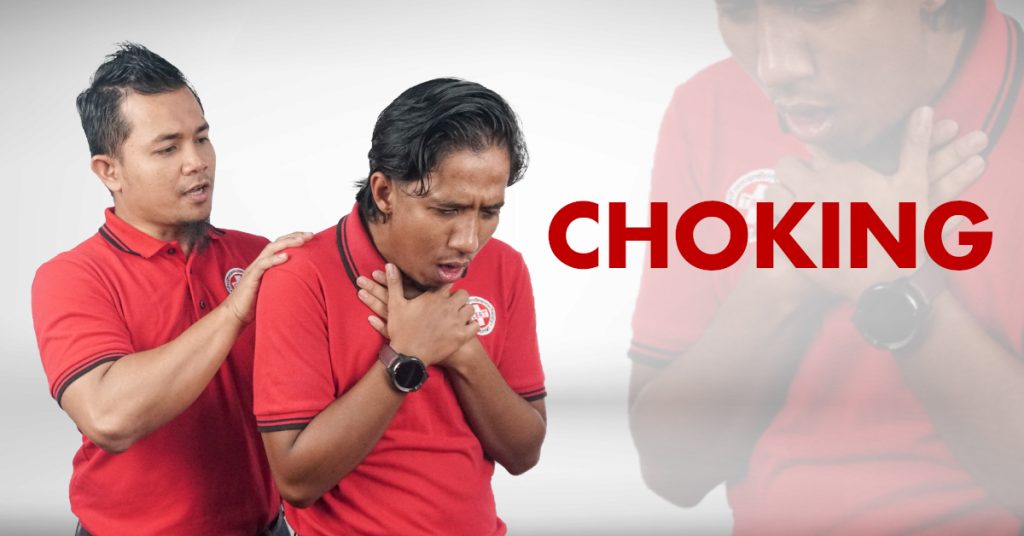Choking emergencies happen without warning. They can occur anywhere—at home, restaurants, workplaces, or schools. Every year, thousands of people face life-threatening airway obstructions that require immediate intervention. Understanding proper choking management techniques can mean the difference between life and death.
Recent updates to emergency response guidelines have refined our approach to choking incidents. These changes emphasize evidence-based techniques and clearer protocols for different victim populations. Healthcare providers and laypersons alike benefit from staying current with these evolving standards.
The 2025 guidelines introduce several key improvements. First, they provide more specific guidance for recognizing severe airway obstruction. Second, they clarify when to attempt different intervention techniques. Finally, they emphasize the importance of calling emergency services even when initial efforts appear successful.
Understanding Choking Recognition and Response
Recognizing a choking emergency is the first critical step. The universal choking sign involves clutching the throat with both hands. However, victims may also display other symptoms, including inability to speak, difficulty breathing, or a high-pitched wheezing sound when attempting to breathe.
Effective choking management begins with a quick assessment. Can the person cough forcefully? If yes, encourage continued coughing while monitoring closely. Strong coughing often dislodges the obstruction naturally. However, if the person cannot cough, speak, or breathe, immediate intervention becomes necessary.
The updated guidelines stress calling 911 immediately upon recognizing severe choking. Previously, some protocols suggested attempting relief measures first. Now, experts recommend activating emergency services while beginning intervention techniques. This ensures professional help arrives quickly if initial efforts fail.
Adult Choking Management Techniques
The Heimlich Maneuver for Adult Choking
The Heimlich maneuver remains the primary technique for adult choking victims. This abdominal thrust method creates sudden upward pressure that forces air from the lungs, potentially expelling the obstruction.
To perform the Heimlich maneuver correctly, position yourself behind the victim. Place your arms around their waist. Make a fist with one hand and position it slightly above the navel, well below the breastbone. Grasp your fist with your other hand and deliver quick, upward thrusts.
Each thrust should be forceful and deliberate. The motion resembles trying to lift the person upward rather than squeezing them. Continue thrusts until the object dislodges or the person becomes unconscious. If unconsciousness occurs, immediately begin CPR while waiting for emergency services.
The 2025 guidelines emphasize proper hand placement more clearly than previous versions. Incorrect positioning can cause injury or reduce effectiveness. Additionally, the updates specify that rescuers should verify that the obstruction clears completely before stopping interventions.
Chest Thrusts for Pregnant or Obese Adult Choking Victims
Traditional abdominal thrusts may prove ineffective or dangerous for pregnant women or significantly obese individuals. For these populations, chest thrusts provide a safer alternative approach to choking management.
Position yourself behind the victim and place your arms under their armpits, around the chest. Position your fist on the center of the breastbone, avoiding the ribs and the bottom tip of the breastbone. Grasp your fist with your other hand and deliver firm, quick backward thrusts.
The technique requires different mechanics than abdominal thrusts. Focus on pulling straight back rather than upward. This creates pressure changes that can dislodge the obstruction without risking injury to the abdomen or unborn child.
Recent guidelines provide clearer criteria for determining when to use chest thrusts versus abdominal thrusts. If you cannot effectively wrap your arms around the victim’s waist due to size or pregnancy, chest thrusts become the preferred method.
Infant Choking Management Protocols
Choking in infants requires completely different techniques due to their size and anatomical differences. The 2025 guidelines reinforce that abdominal thrusts should never be used on infants under one year old due to the risk of internal injury.
Back Blows for Infant Choking
Back blows serve as the initial intervention for choking infants. Hold the infant face down along your forearm, supporting their head and neck. The infant’s head should be lower than their chest. Use the heel of your other hand to deliver five firm blows between the shoulder blades.
Each back blow should be forceful enough to dislodge the obstruction but controlled to avoid injury. The downward angle helps gravity assist in removing the object. After five back blows, check the infant’s mouth for visible objects that can be safely removed with your finger.
The updated guidelines emphasize the importance of supporting the infant properly during back blows. Inadequate support can result in the infant falling or sustaining a neck injury. Additionally, never perform blind finger sweeps in an infant’s mouth, as this may push objects deeper.
Chest Thrusts for Infant Choking
If back blows fail to clear the obstruction, chest thrusts provide the next intervention step. Turn the infant face-up while supporting their head and neck. Keep the head lower than the chest. Place two fingers on the center of the breastbone, just below the nipple line.
Deliver five quick, firm chest thrusts using the same technique as infant CPR compressions. Each thrust should compress the chest approximately one-third of its depth. The motion should be smooth and controlled, avoiding excessive force that could cause injury.
Continue alternating between five back blows and five chest thrusts until the obstruction clears or the infant becomes unconscious. If the infant loses consciousness, begin infant CPR immediately while ensuring emergency services have been contacted.
The 2025 guidelines provide enhanced detail about transitioning between back blows and chest thrusts. Proper positioning changes are crucial for maintaining effectiveness while ensuring infant safety throughout the process.
Key Updates in 2025 Choking Guidelines
Several significant changes distinguish the 2025 choking management guidelines from previous versions. These updates reflect ongoing research and clinical experience in emergency airway management.
Enhanced recognition criteria help identify partial versus complete airway obstruction more accurately. This distinction determines the appropriate intervention level and urgency. Complete obstruction requires immediate aggressive intervention, while partial obstruction may resolve with supportive care.
The guidelines now emphasize continuous monitoring throughout choking incidents. Even after successful obstruction removal, victims should receive medical evaluation. Objects may leave residual damage or fragments that require professional assessment.
Updated post-incident care recommendations include specific signs that warrant emergency department evaluation. These include persistent coughing, difficulty swallowing, or continued respiratory distress after the obstruction is removed.
Prevention and Preparedness
Effective choking management extends beyond emergency response to include prevention strategies. The 2025 guidelines incorporate comprehensive prevention recommendations for different age groups and environments.
For infants and young children, proper food preparation and supervision remain paramount. Cut foods into appropriate sizes, avoid high-risk items like whole grapes or nuts, and maintain active supervision during meals. Create safe eating environments free from distractions that might lead to choking incidents.
Adult prevention focuses on mindful eating practices and environmental awareness. Chew food thoroughly, avoid talking while eating large bites, and limit alcohol consumption during meals. These simple practices significantly reduce choking risk.
Regular training in choking management techniques ensures preparedness when emergencies occur. Skills deteriorate without practice, making periodic training essential for maintaining competency in these life-saving techniques.
Conclusion and Call to Action
Choking emergencies demand an immediate, confident response. The 2025 guidelines provide updated, evidence-based approaches that improve outcomes for victims across all age groups. Understanding these techniques and staying current with best practices can save lives in critical moments.
Don’t wait until an emergency occurs to learn these vital skills. Professional training ensures you’re prepared to respond effectively when every second counts. Quality instruction provides hands-on practice with proper technique and builds the confidence necessary for real-world application.
Ready to master these life-saving choking management techniques? CPR Cincinnati, an American Heart Association training site, offers comprehensive BLS certification in Cincinnati programs that include advanced choking management protocols. Additionally, our CPR certification in Cincinnati courses provide essential life-saving skills for emergencies. Our stress-free, hands-on classes cover choking management alongside CPR, providing complete emergency response training. As the best CPR training provider in the Cincinnati area, we offer initial certifications and renewals in BLS for Healthcare Providers, ACLS, PALS, and CPR and First Aid courses.
Contact CPR Cincinnati today to schedule your training and gain the skills and confidence to handle choking emergencies effectively. Your quick action could save a life.






